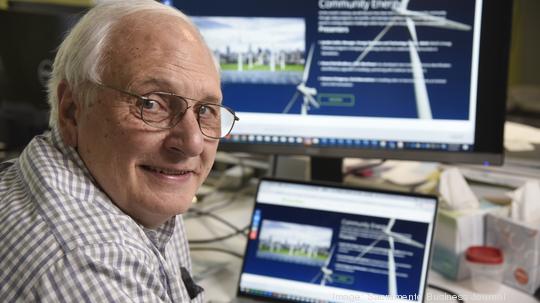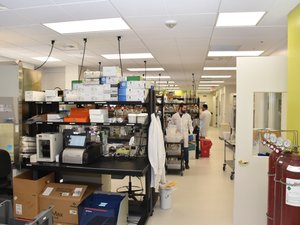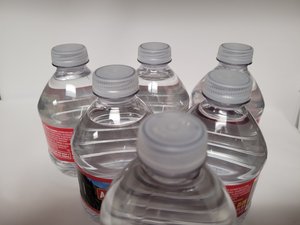
The cluster of clean technology and green technology companies in the Sacramento region has recently seen declines in revenue and jobs, according to the 2024 CleanStart Progress Report, but the momentum for clean-oriented startups finding money going forward still looks positive.
Despite the loss of nearly half of the companies in the clean sector in the region over two years, the future looks bright because of large new potential funding sources, said Gary Simon, chairman of the nonprofit CleanStart business accelerator.
“There is a tidal wave of money coming in down the line,” Simon said, citing the Infrastructure Investment and Jobs Act signed in 2021 and the Inflation Reduction Act of 2022.
The rich vein of future funding for clean-tech startups is going to be “grants and government contracts. That’s where the momentum is,” he said.
Those two federal programs have more than $2 trillion available for targeted grant and contract awards nationwide, which means California could get around $250 billion, Simon said.
In addition to those two federal programs, California companies also have potential to tap into money from the Cap-and-Trade Program and the Low Carbon Fuel Standard program, both administered by the California Air Resources Board.
That is the good news. On the downside, the Sacramento region saw clean-tech jobs drop from 9,905 in 2022 to 7,485 in this year’s survey
The primary reason for the decline was the loss of 52 companies, or nearly half, of the 110 companies that were part of the sector two years ago, Simon said.
He said some smaller companies finally succumbed to the toll the pandemic put on running a business.
Some companies moved to be closer to customers. That's what happened to Terzo Power Systems, which moved its headquarters from El Dorado Hills to the Midwest to be closer to farm equipment manufacturers, and to Alto Ingredients Inc. (Nasdaq: ALTO) which moved its offices from Sacramento to its biggest location in Pekin, Illinois.
Some of the clean-tech companies were acquired, Simon said, citing Fremont-based Enphase Energy Inc. buying ClipperCreek, which was an Auburn-based manufacturer and supplier of electric vehicle equipment and charging stations.
It wasn't all downsizing, however, Simon said. The region also saw 30 new companies either move here or start, bringing the clean-tech economy to 88 companies.
The clean-tech companies CleanStart tracks include companies in building and construction, like zero-carbon home builder Aro Homes; energy generation and storage companies like battery technology company LiCAP Technologies Inc.; energy and grid technology companies like off-grid power manufacturer BoxPower; infrastructure companies like solar inspection robot company OnSight Technology; low-carbon fuels companies like electric-produced fuels company Infinium; mobility companies like fast-charger developer GiddyUp EV Charging; and renewable materials companies like zero-carbon plastic maker Origin Materials Inc. (Nasdaq: ORGN).
Simon said new companies should always look for grants first because they don't dilute the company owners' equity stakes. And in the current environment, grants are also where founders will see the best results.
Venture capital investors occasionally get interested in clean-tech companies, but green tech hasn’t been a growing trend for VC funding for years, he said. If VCs do invest, it’s not at the startup period but further down the line when the companies are established and with customers and revenue, he said.
California companies should check out funding from the programs of the California Air Resources Board. The Cap-and-Trade Program limits greenhouse gas emissions throughout the state, which is the cap, and establishes fees for industries that emit over the limit. Those fees are used to invest in cleaner and more efficient technologies. Cap-and-Trade has about $2 billion to invest and Low Carbon Fuel about $1.5 million, Simon said. “And that is every year.”
Carbon offsets can be used for emission reduction projects. The Low Carbon Fuel Credit can be used to create or develop cleaner fuels.









